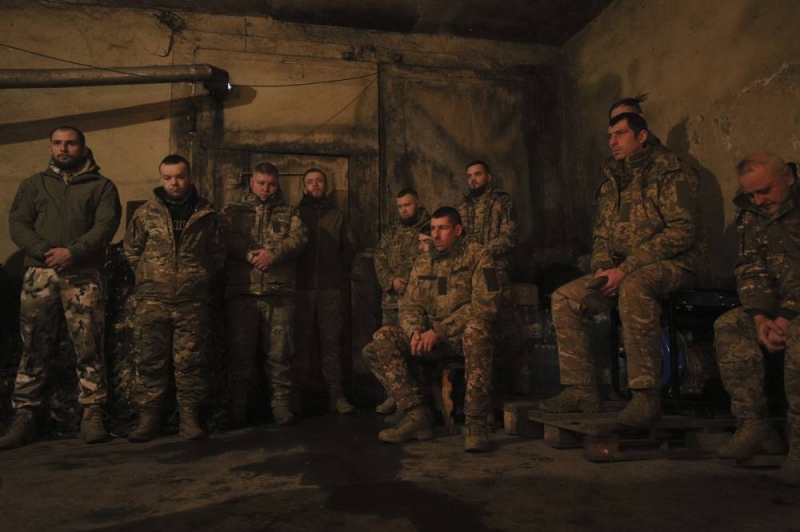Air crashes in Nepal: Getting away with murder repeatedly
Published: 11:12 am Feb 09, 2024

KATHMANDU, FEBRUARY 8
The recent landing accident at Tokyo, Narita airport, where a landing JAL A350 impacted a Japanese Coast guard Dash-8 aircraft, killing five of its crew members, save the captain, has led to two simultaneous investigations- first, air safety investigation under established international civil aviation obligations and the other, police investigation for possible professional negligence-an euphemism for criminal negligence.
Clearly, when a human life is lost under abnormal circumstances, it's the states' responsibility to determine culpability and ensure justice, Amrit Kharel, a senior aviation lawyer, explained. However, investigations in the aftermath of air disasters in Nepal have left a lot to be desired on both fronts, whether its improvement of air safety or justice to the victim's families, Kharel, who also fought for rights of the US-Bangla air crash victims, shared.
For instance, the recently published report on the Yeti Air crash at Pokhara over a year ago, didn't even bother to elaborate the cause of deaths, whether - traumatic injuries, burn injuries, as determined in autopsy, and required to be documented under the heading of survival aspects of the report. No other investigation was instituted to determine culpability for the untimely deaths of seventy-odd souls.
A review by this daily of two air crash investigation reports produced by the Ministry of Culture, Tourism and Civil Aviation, for flights en-route to Jomsom- one in 2016 and the other in 2022, where the pilots deliberately entered clouds and ended up hitting the mountains with all out fatalities, found glaring similarities. Though the Civil Aviation Authority of Nepal mandated the installation of terrain awareness and warning system (TAWS) on such aircraft for a long, their inappropriate usage as documented in the accident flights was well known in Nepal's pilots' community. These TAWS equipment require the on-board database to contain details of runways to which the aircraft operate and generate aural alerts to the flight crew, if it senses terrain in near proximity, according to CAAN officials.
As the flight profiles to airports like Jomson and Lukla do not resemble that programmed in the TAWS, it results in nuisance alerts, to which the Nepali crew typically respond with inhibiting or rather silencing such alerts. In effect, this shoot the messenger attitude still continues, as that happened on the two flights, a retired pilot explained.
Absence of criminal punishment in Nepal's aviation laws for such gross safety violations continues to embolden the black sheep in the pilot's community. In fact, instances of rule violation by foreign pilots are also partly spurred by this lack of deterrent. Though the Civil Aviation Act of 1959, has a provision of imprisonment for unsafe flying acts, it has never been put to use, due to the lackadaisical attitude at the concerned ministry, an aviation expert shared. 'The delegation of prosecution powers under this law to CAAN could perhaps help bring about some discipline in Nepal's aviation and improve our air safety standing,' he noted.



